In the hierarchy of influential women collectors throughout art history, Gertrude Vanderbilt Whitney (1875–1942) stands near the top of the list.
Interviews & Essays
At the root of all Gothic art and architecture was the desire to construct something close to heaven on Earth, a place where congregations could feel the presence of the divine.
The old notion of “slaying the dragon” has had a pervasive presence in our culture for centuries, yet few know the actual origins of the popular expression. One story that certainly increased the phrase's popularity is that of Saint George, an early Christian martyr that served in the Roman army during the fourth century.
Alberto Giacometti’s “Large Thin Head” is still waiting for its next collector after failing to sell at Sotheby’s New York auction in May for an asking price of $70 million. Andy Warhol’s “Big Electric Chair” was saved from a similar fate when Christie’s pulled the $30 million canvas from their spring auction.
The name Monet is perhaps one of the most recognizable in the world of art, but overwhelmingly, it is associated with the life and paintings of Claude Monet (1840-1926), the illustrious father of impressionism painting. There was another Monet, however, proficient in painting, who created lively, impressionistic works, but little recognized beyond the shadow of Claude. She was Blanche Hoschedé-Monet.
One of the greatest artists of the medieval Northern Renaissance, iconoclastic Netherlander Hieronymus Bosch created highly detailed surrealistic works centered around religious themes.
A visual history of Zoroastrianism—allegedly humanity’s oldest monotheistic religion—materializes only to the most determined eyes. Buried under millennia of crucifixes, stars of David, and crescent moons, symbols of this four-thousand-year-old faith have been overshadowed and repurposed as cultural and political motifs; yet like its worshippers, Zoroastrian art has not vanished, but rather learned silently to adapt and influence.
Jonah Lobe is responsible for some of the most iconic characters in the video game phenomena Skyrim, Fallout 3, and Fallout 4– including the Skyrim Dragon and the Fallout Deathclaw.
Gold is perhaps the most iconic metal—an immortal symbol of wealth. Even in the ancient world, this precious resource was an object of great attention, highly desired yet hard to find. The Romans and Greeks were able to locate it in its purest form, however, only in a limited number of areas and in the form of nuggets from mines or small particles collected from rivers or desert sand.
It takes a brave collector to acquire artwork by an emerging artist.


![DEl Kathryn Barton [Australian b. 1972] the more than human love , 2025 Acrylic on French linen 78 3/4 x 137 3/4 inches 200 x 350 cm Framed dimensions: 79 7/8 x 139 inches 203 x 353 cm](/sites/default/files/styles/category_card_187x139/public/ab15211bartonthe-more-human-lovelg.jpg?itok=LJbNuU6F)

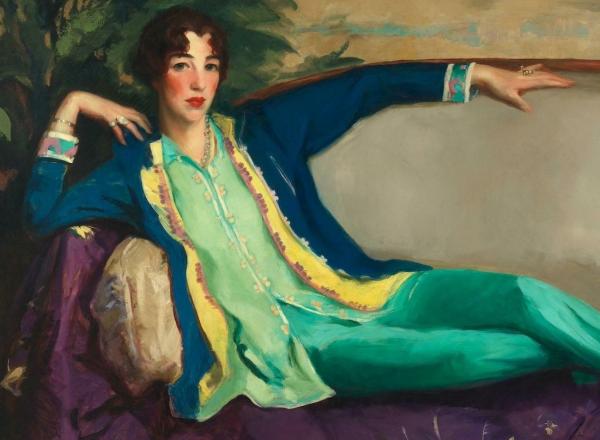

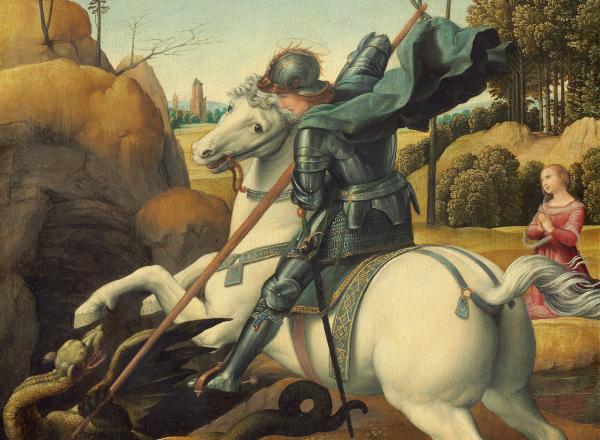
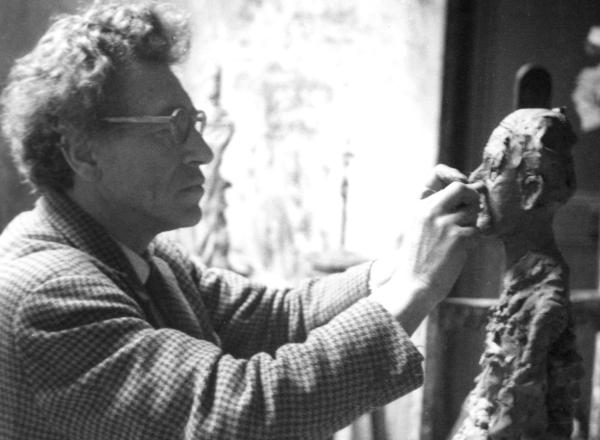
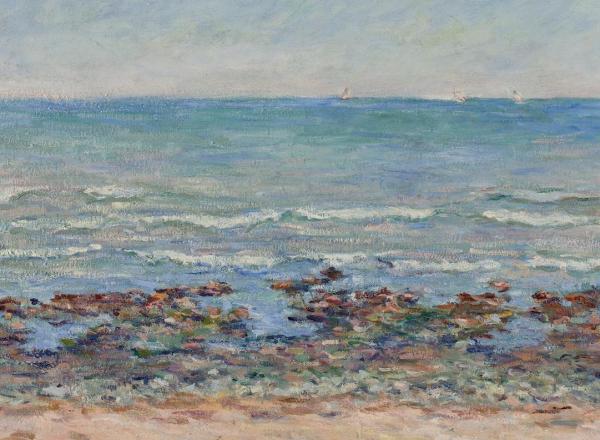
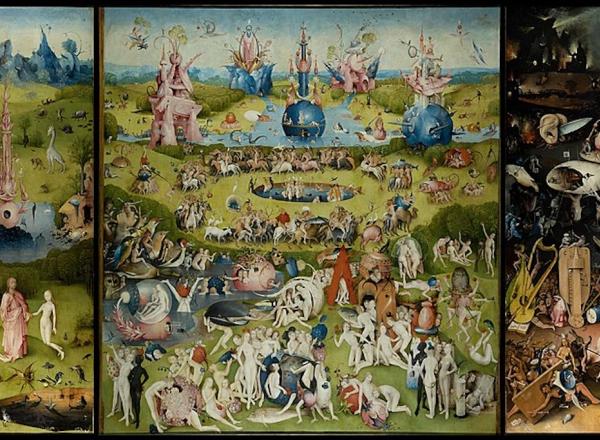
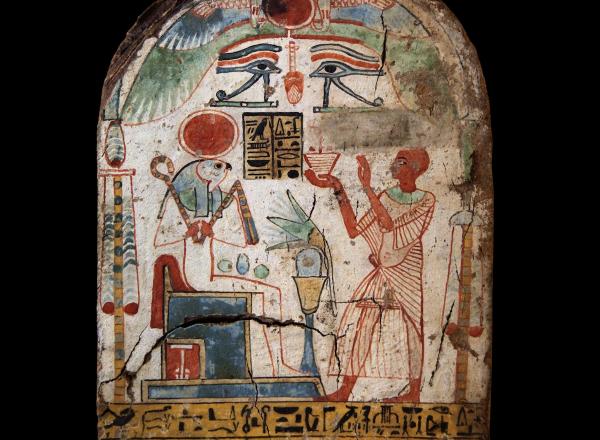
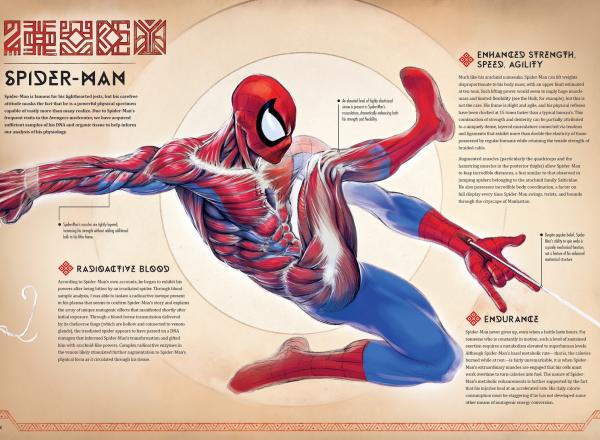
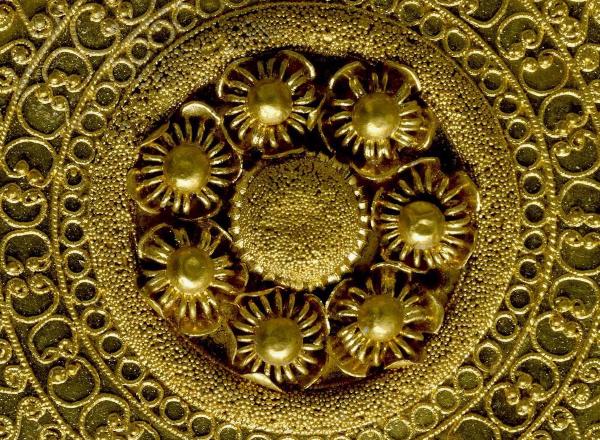
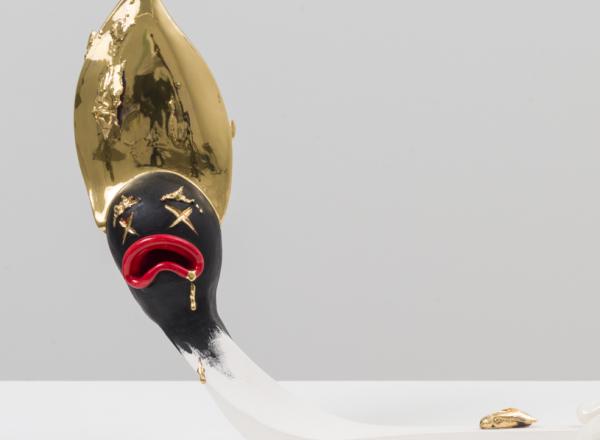











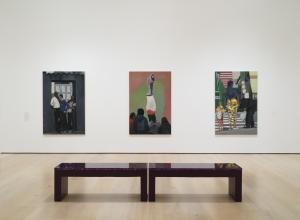

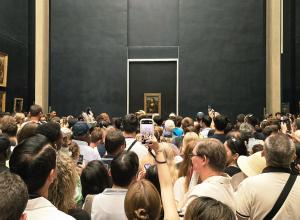





![Ginevra de’ Benci [obverse]. 1474/1478. Leonardo da Vinci. Oil on Panel. Ailsa Mellon Brue Fund, National Gallery of Art.](/sites/default/files/styles/image_5_column/public/ginevradebenciobverse196761a.jpg?itok=hIzdUTaK)